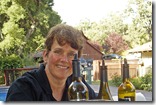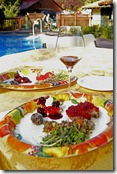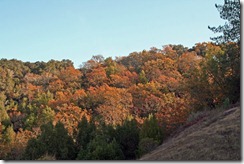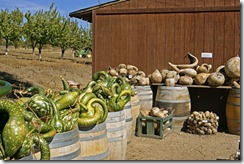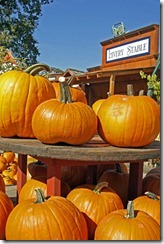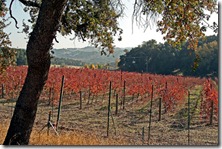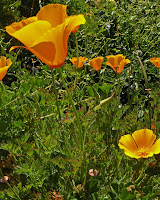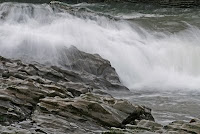
When I first came to California I took a job doing public relations for the plastics industry. Plastic was touted as the most significant invention of the modern era. It literally changed our lives, replacing glass, paper, fabric, and metal in many cases. Take a look around your house and see how much plastic is there.
While plastic has in many cases made our lives easier, it has turned out to be a death sentence for many species of wildlife. That fact came home to me recently while working on a project about plastic trash. I needed to find, or take, photos of birds and mammals affected by plastic and trash in our waterways. I am happy to say that this turned out to be a very difficult assignment, at least in the Morro Bay, California area.
Searching the internet I turned up those awful photos of the albatross that had died and decomposed showing the bits and pieces of plastic that they had ingested. In some of the shots you can see whole cigarette lighters were in their stomachs. Where on earth could they have gotten them and why did they eat them?
Maybe you’ve heard of it. The great North Pacific Gyre. It’s located out in the middle of the northern Pacific Ocean and it is about the size of the state of Texas and growing every day. It is an enormous revolving mass of trash. A gyre is a swirl, an eddy, a spin, a whirlpool that revolves around and around in the same spot. Where does all this trash, most of it plastic, come from? US!
Every item washed down the drains, down the rivers and creeks, or thrown upon the beaches, or accumulating in our landfills inevitably travels out to sea, and with the currents, ends up in this whirlpool of garbage.
Now we recycle plastic objects all the time, or at least I hope we do. But some types of plastic are not recyclable, get thrown in the trash, and either never biodegrade, or take so long to decompose that they might as well be considered indestructible. This is the problem with plastic.
You’ve all seen pictures of sea lions with some kind of line wrapped around their necks. Most of the time that line is plastic fishing line. If it is not removed it will eventually cut into the flesh of the animal causing infection that can kill. Cast away pieces of fishing gear are a problem in our waterways.
While taking a group of participants at the Morro Bay Winter Bird Festival on a cruise of the bay this fact became all too evident when we turned our binoculars on a double-crested cormorant perched on a floating dock. Look carefully at the photo at the top of this article. It is of that cormorant. You will see protruding from its left wing some whitish line entangled around the bird’s wing. It’s fishing line. I asked the captain of our vessel if he sees a lot of problems with plastic in the bay and he said only birds with hooks and fishing line attached. He sees that all the time.
Fishing line isn’t the only plastic problem here. Those plastic six-pack holders also end up encircling birds’ necks. And now we’ve heard that the styrene food containers that you get at restaurants for your leftovers or at the take-out food establishments are really a menace. Styrene eventually breaks up into little tiny bits of plastic that look just like fish food. I think you can see where this is going. Even plankton, the most minute of organisms, ingest plastic. Plankton is the base of the food chain in the ocean and is the one food that feeds a majority of sea creatures from the smallest fish on up to the largest whale. Imagine what these bits of plastic are doing to all these creatures.
This is a global problem. The garbage in the North Pacific Gyre will never go away. It only grows larger. And there are four more gyres in other sections of the Pacific. There are 11 other gyres spread in oceans around the world. All full of man’s garbage.
We refer to our planet as the water world. Will we one day be better known as the trash world. It is beyond reversing the problem that already exists, but it certainly is not beyond keeping it from growing. Each individual must take the responsibility for stopping this problem. What can you do? Here are just a few suggestions. Try to think of more.
Ask the restaurants you frequent to switch to biodegradable take-out containers.
Stop using plastic grocery bags.
Make sure your fishing gear stays out of the water.
And recycle, recycle, recycle!
We do not have to become a garbage planet.
Here's another photo showing just one of the waterfront problems with plastic and garbage. This indust
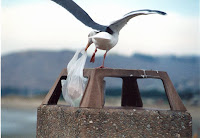
rious gull worked hard to capture this plastic bag full of our trash!
And then there was this pelican dumpster diving . . .
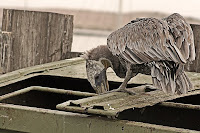
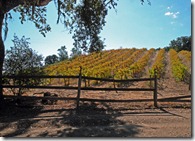 The days drift into fall and we anticipate enjoying the fruits of the vines that have been ripening for months in the sun. The weather that was fickle all summer sent contradictory messages to the budding grapes. Growers and winemakers cast dubious eyes at them, questioning in their minds as to what the final outcome would be.But finally the day dawns and it is harvest. Picking starts early right at sunrise. The workers can’t resist taking a taste as they snip away freeing the clusters from their prison of vines. And it tastes good!
The days drift into fall and we anticipate enjoying the fruits of the vines that have been ripening for months in the sun. The weather that was fickle all summer sent contradictory messages to the budding grapes. Growers and winemakers cast dubious eyes at them, questioning in their minds as to what the final outcome would be.But finally the day dawns and it is harvest. Picking starts early right at sunrise. The workers can’t resist taking a taste as they snip away freeing the clusters from their prison of vines. And it tastes good!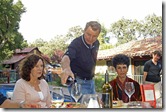 t is time for the harvest parties, some great noisy affairs, others more genteel. We join the group at Per Cazo Cellars on a balmy Sunday afternoon to sit with friends by the pool and sample the fine wine.
t is time for the harvest parties, some great noisy affairs, others more genteel. We join the group at Per Cazo Cellars on a balmy Sunday afternoon to sit with friends by the pool and sample the fine wine.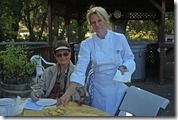 Syrah, and Confluent, blending Cabernet Sauvignon, Petit Verdot, and Cabernet Franc. We enjoy this with outstanding cuisine created by Master Chef, Nanette Smalley of Simply Delicious.
Syrah, and Confluent, blending Cabernet Sauvignon, Petit Verdot, and Cabernet Franc. We enjoy this with outstanding cuisine created by Master Chef, Nanette Smalley of Simply Delicious.